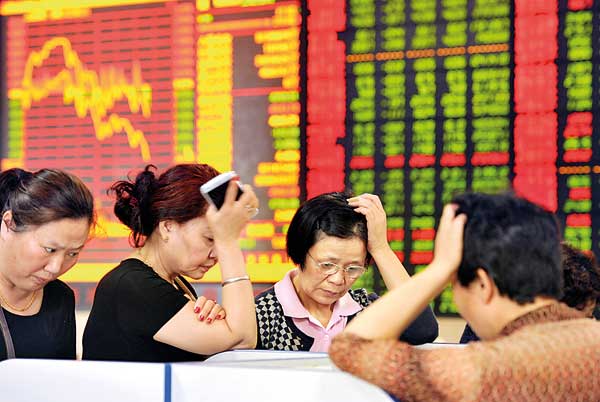Reply To:
Name - Reply Comment
Last Updated : 2024-04-25 10:47:00


.jpg) The final sneeze was just last week when a key manufacturing factory activity indicator – the Caixin-Markin Purchasing Managers Index (PMI) fell to its most pessimistic level since the global slowdown in 2009 – a 77-month low of 47.9 (PMI below 50 on the 100 point scale indicates a decline). All of mini-sneezes combined to send jitters across the global economy, and since Friday last week the global economy has been sniffling. The full-blown cold came on Monday – now dubbed ‘Black Monday’ where nearly all major markets saw declines not seen since the onset of the global finance crisis.
The final sneeze was just last week when a key manufacturing factory activity indicator – the Caixin-Markin Purchasing Managers Index (PMI) fell to its most pessimistic level since the global slowdown in 2009 – a 77-month low of 47.9 (PMI below 50 on the 100 point scale indicates a decline). All of mini-sneezes combined to send jitters across the global economy, and since Friday last week the global economy has been sniffling. The full-blown cold came on Monday – now dubbed ‘Black Monday’ where nearly all major markets saw declines not seen since the onset of the global finance crisis. .jpg)

Add comment
Comments will be edited (grammar, spelling and slang) and authorized at the discretion of Daily Mirror online. The website also has the right not to publish selected comments.
Reply To:
Name - Reply Comment
US authorities are currently reviewing the manifest of every cargo aboard MV
On March 26, a couple arriving from Thailand was arrested with 88 live animal
According to villagers from Naula-Moragolla out of 105 families 80 can afford
Is the situation in Sri Lanka so grim that locals harbour hope that they coul